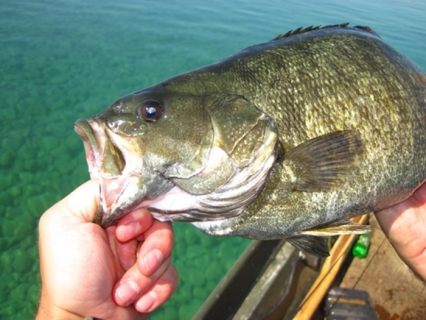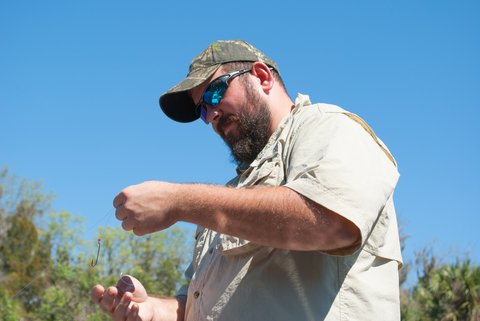It the simplest terms, a knot is all that separates you from landing or losing a fish. A poorly or incorrectly tied fishing knot will fail at some point and will likely cost you a fish, maybe the fish of a lifetime.
While much of spring preparation for the fishing season revolves around planning trips, purchasing lures, reel maintenance and spooling reels with new line, some of that prep time should be spent practicing knots. It may seem elementary, but learning a few basic knots and how to tie them correctly will payoff during the season.
Knot basics
Before discussing the types of knots you should learn, let’s take a look at the basics of knot tying, because it is often poorly tied knots that cause anglers the most problems.
The first thing to remember when tying knots is to moisten the line, before you begin tying it. This reduces friction and increases the chances of your knot being tied as tightly as possible.
Once you start tying your knot, the most important thing to remember is to go slow. Even if you have tied a knot a million times, if you tie it too quickly, you increase the odds of making a mistake, which could result in a weak or incorrectly tied knot. Take it slow and make sure everything comes together like it should, and the knot is completely tight.
Knots to Know
There are literally dozens upon dozens of knots that anglers can learn to tie, but the best strategy is to learn three or four knots that best suit your fishing needs. Here is a list of knots that are among the most frequently used. For animated details on how to tie each one click here.
Improved clinch – This is among the easiest knots to tie. It is strong and dependable. It is mainly used to tie a hook or lure to the line. Every angler should know how to tie it. A variation of this knot is the Trilene knot.
Palomar – This is a popular knot, especially with bass anglers. It is extremely strong and fairly easy to tie. Like the improved clinch, it is used to tie line to a hook.
Uni slip – This is another knot used to tie the line to the hook. It is often used by saltwater anglers, because of its strength. It is not too difficult to tie and is a good knot to have in your arsenal.
Yucatan – This knot is used to join to sections of line. Not all anglers will need this, but it is a must you ever want to connect to pieces of line. It is strong and quite easy to tie.
J-Knot – If you are connecting two different lines with a significant difference in diameter, this is a great choice. It is fairly complex to tie, but it is very effective.
Loop – The loop knot is a good choice for tying line directly to a lure. It allows the lure to move more freely in the water, compared to other knots. It takes some practice, but it will be worth your time.
Arbor – Not many anglers think about the importance of tying a good knot when it comes to tying their line to the reel. The arbor knot is the best choice for this connection. It is easy to tie and will hold well.
Taking the time to learn and practice a few basic knots before the season-opener will help ensure that you do not lose fish due to knot failure. For knots that are tied less frequently, it is a good idea to carry an instruction card in your tackle box, so you are ready to tie them, when needed.
Fish gallery
-
Fishing Files
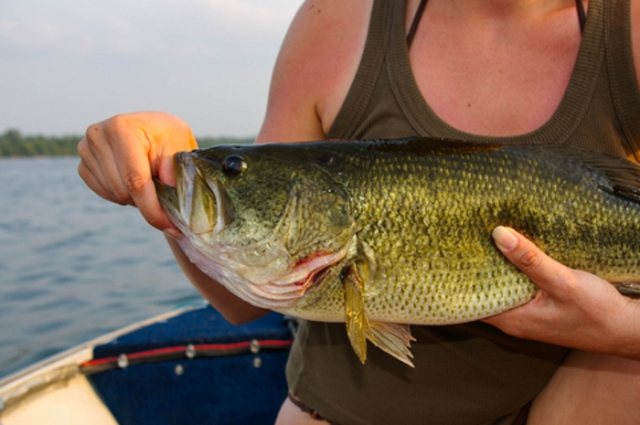
-
Striped Bass
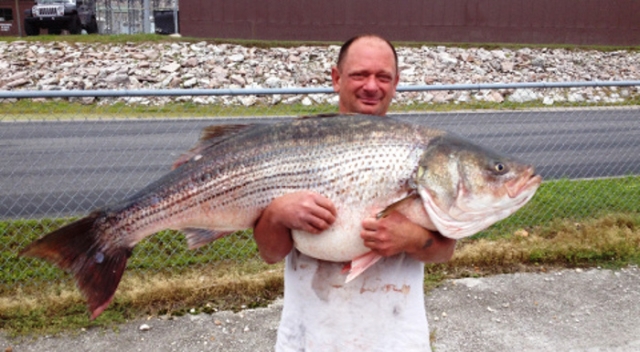
-
Fishing Files
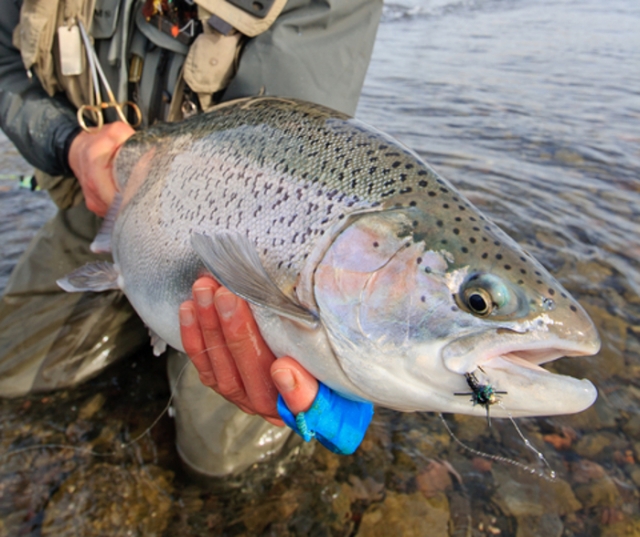
-
Smallmouth Bass
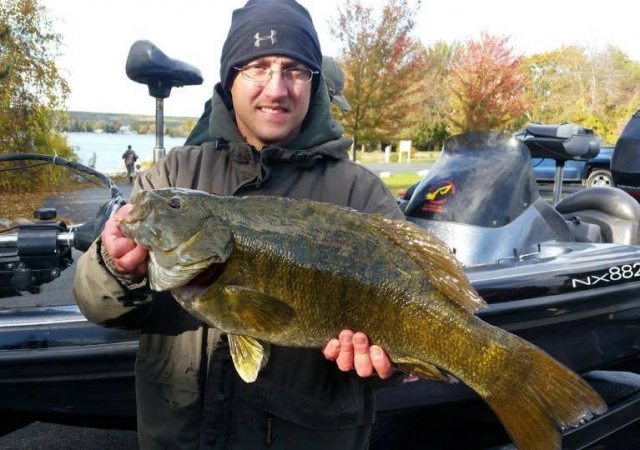
-
Fishing Files
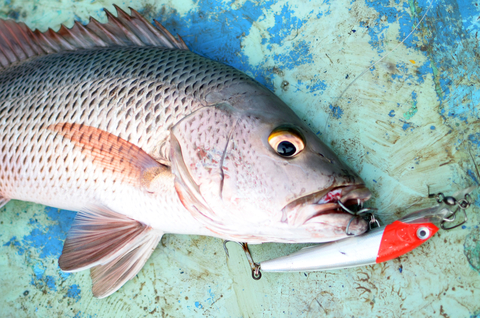
-
Fishing Files
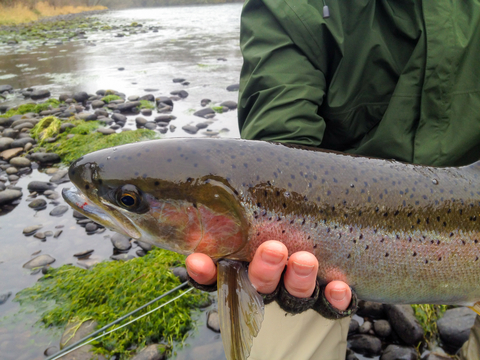
-
Largemouth Bass
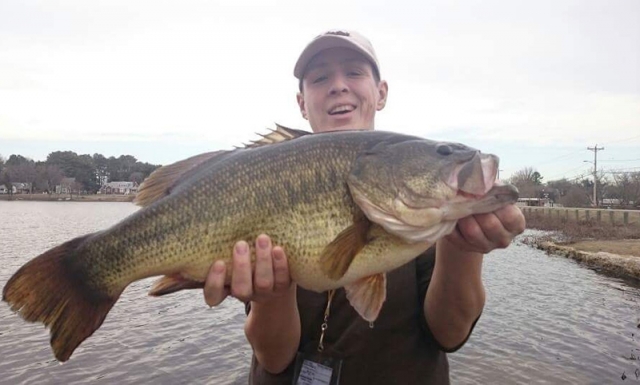
-
Fish fail in Russia
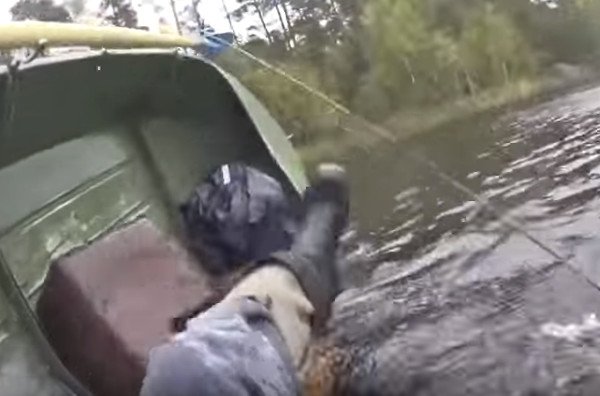
-
Bait fish
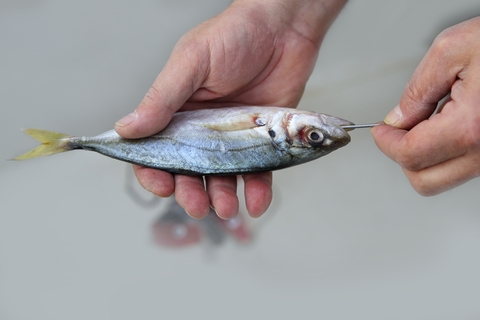
-
Fishing the weeds

-
Fishing Waders
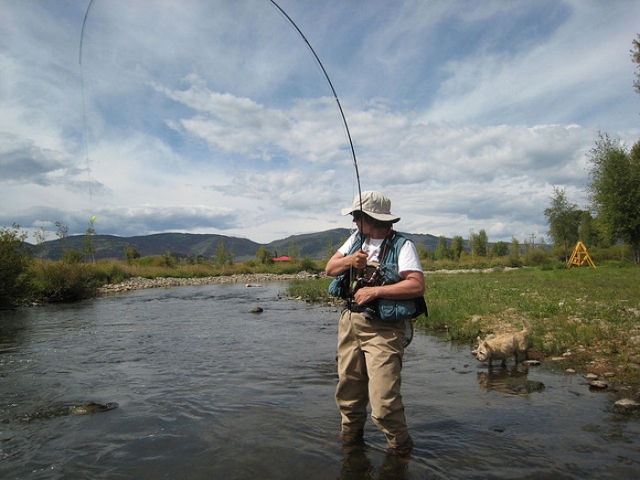
-
Old Man Fishing
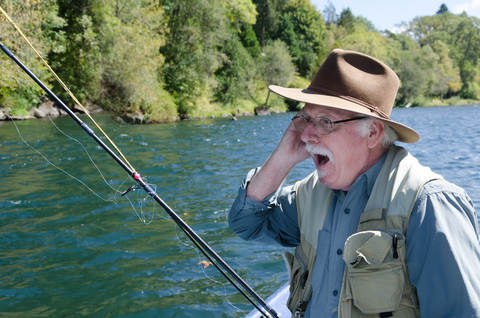
-
Fishing

-
City Fishing
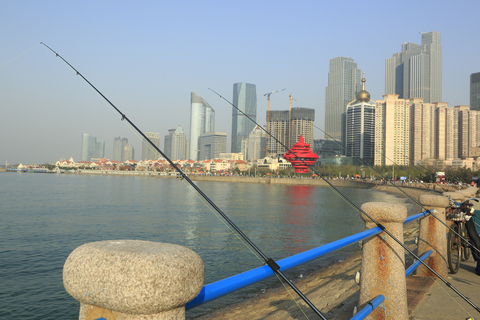
-
Fishing the cold
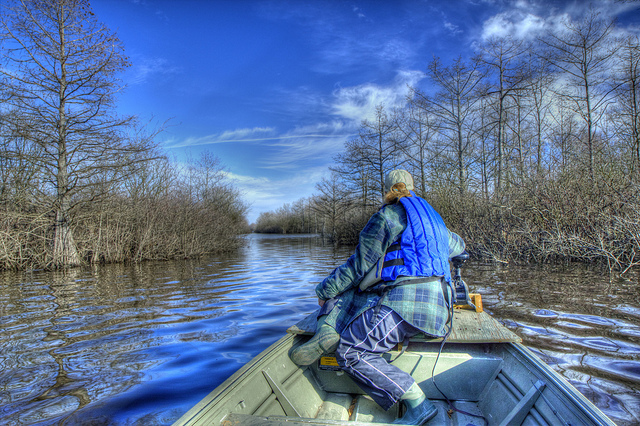
-
Fishing sunset

-
Bank fishing
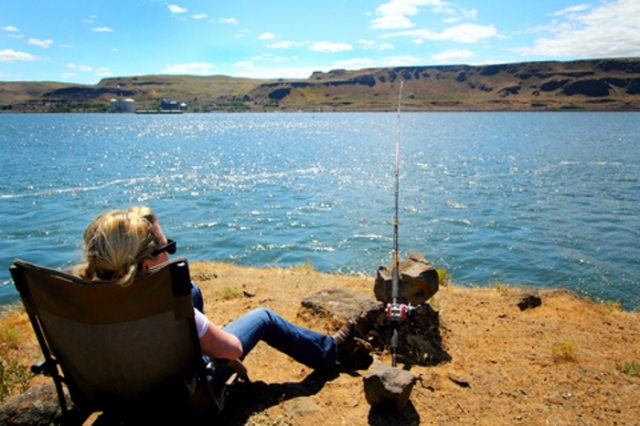
-
Day glow fishing boat
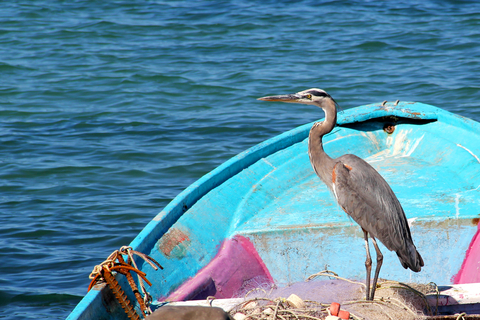
-
Fishing Pro

-
Fishing

-
Fly fishing

-
Fishing Files

-
Fishing Files
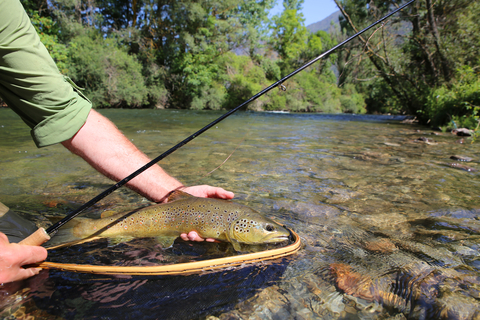
-
Fly reel
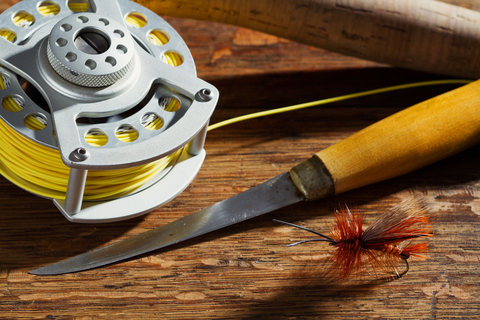
-
Gar Fish

-
Golden Trout
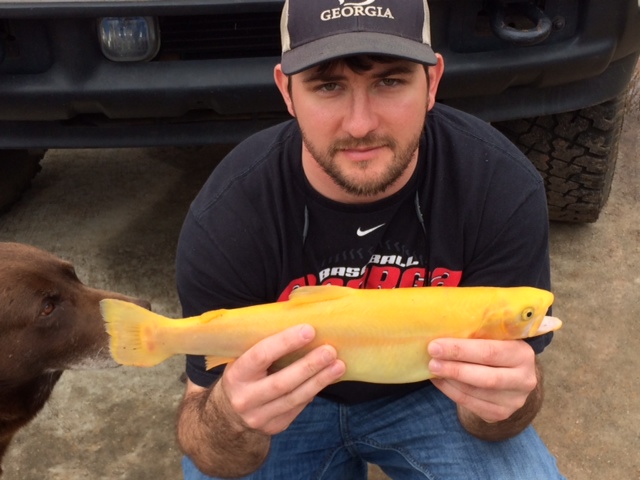
-
Ice Auger
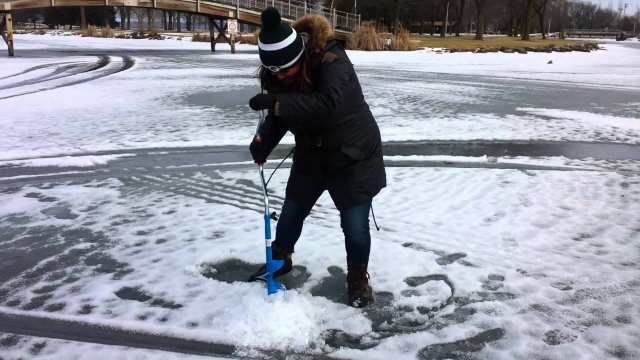
-
Ice Fishing
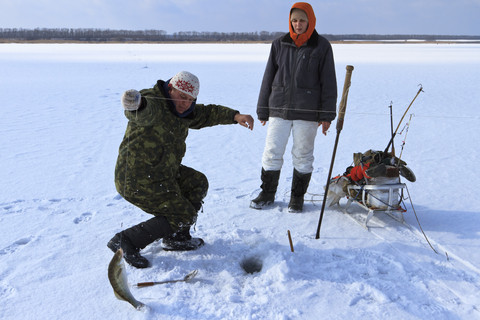
-
Halibut
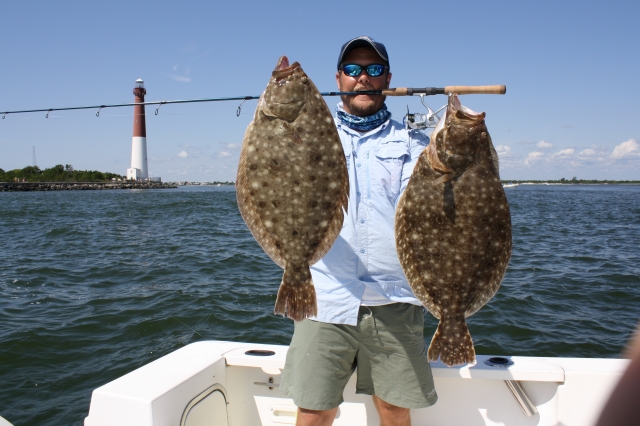
-
Bass Fish
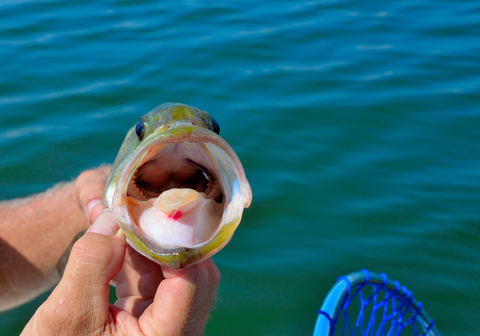
-
Lobster Dog

-
Marlin Fishing
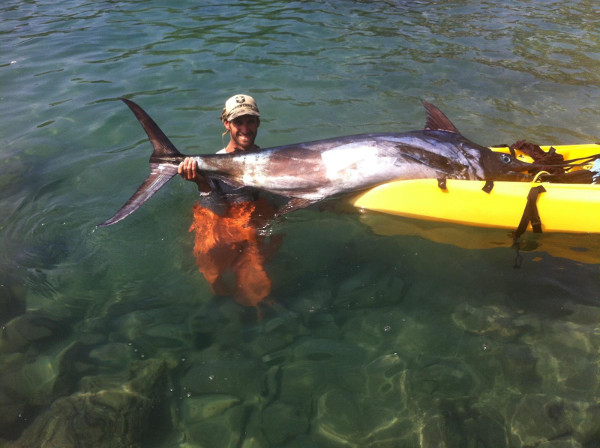
-
Muskie
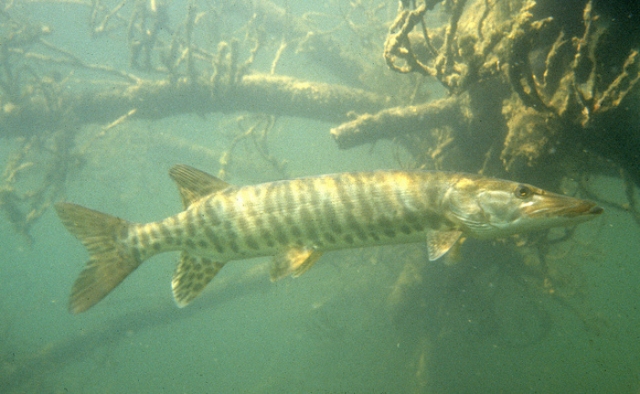
-
Fishing Files
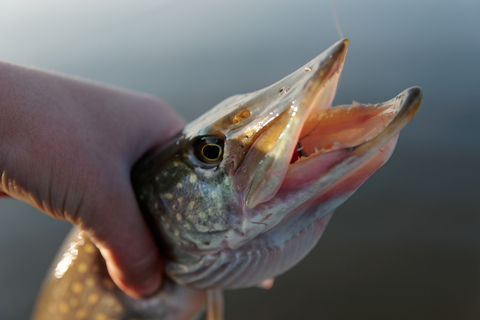
-
Nymph
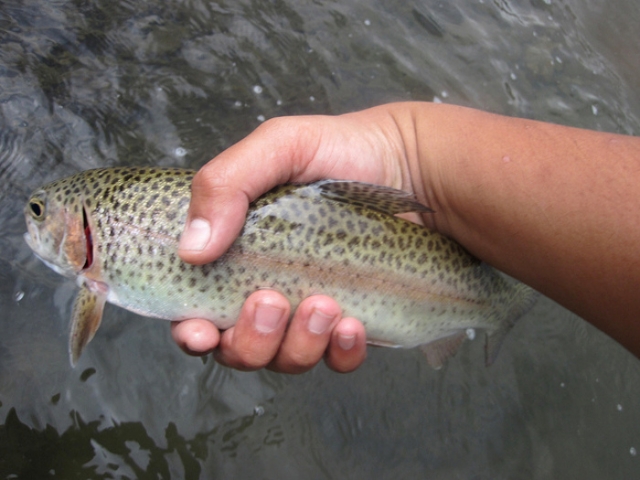
-
Oarfish

-
Obama Fishing

-
Panfish
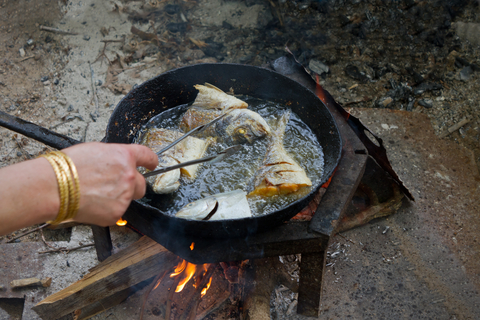
-
Pelican

-
Fishing Files
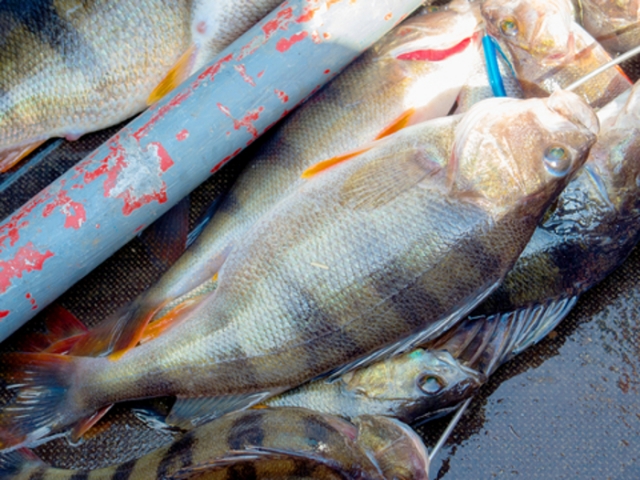
-
Fishing Files
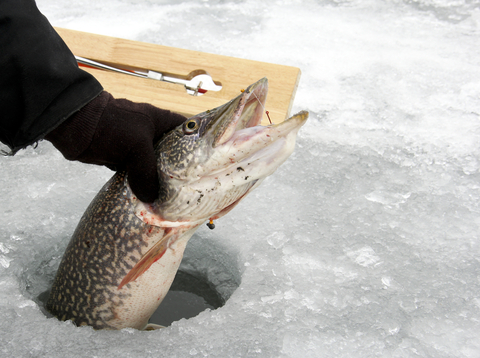
-
Fishing Files
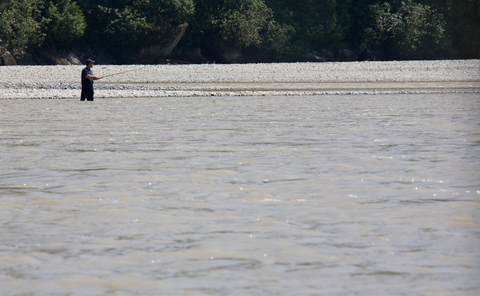
-
Fishing Files

-
Fishing Files
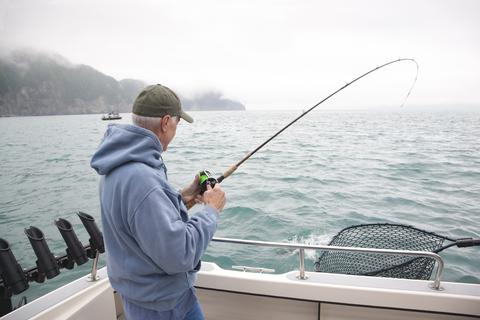
-
Fishing Files
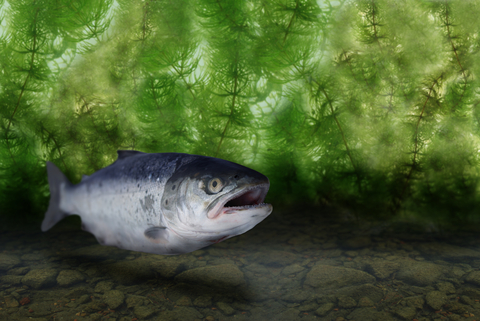
-
Fishing Files
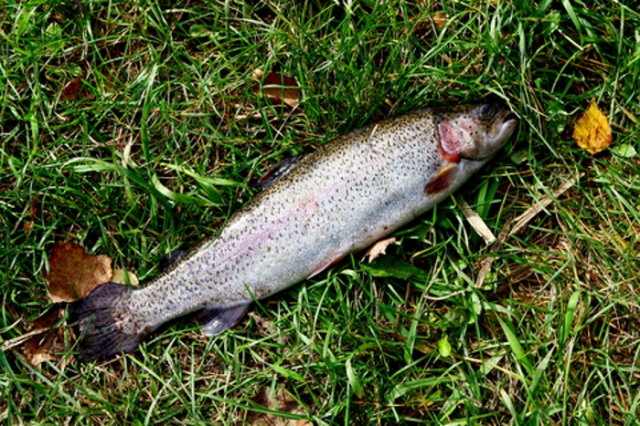
-
Fishing Files
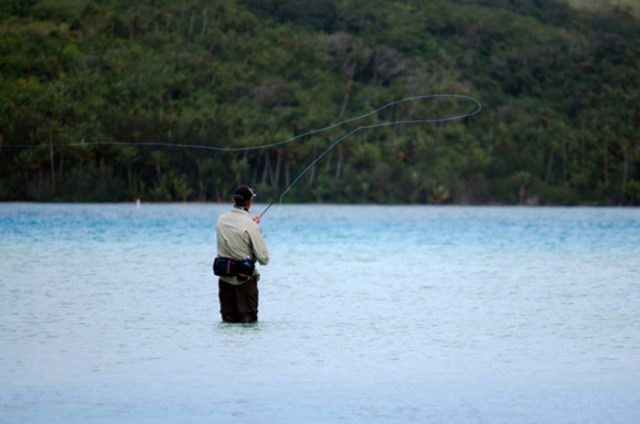
-
Fishing Files

-
Snakehead
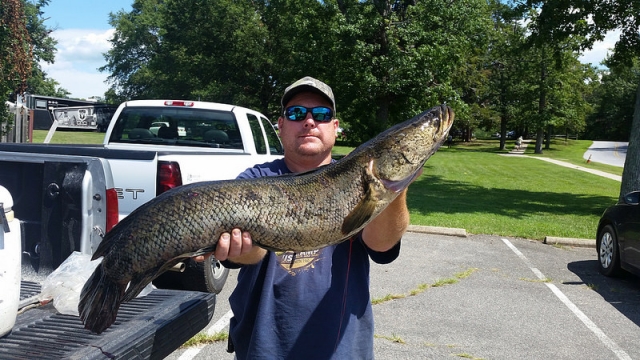
-
Spinner Shark

-
Spotted Bass
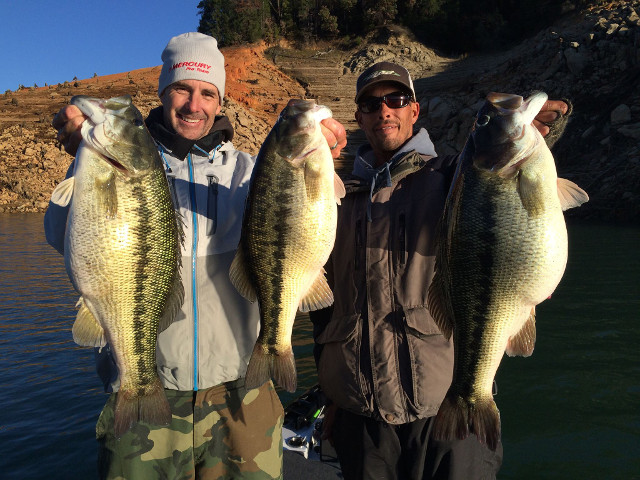
-
Striped Bass
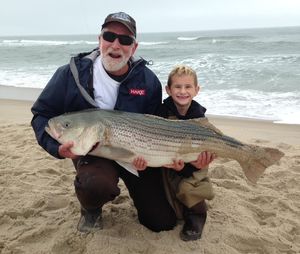
-
Sturgeon

-
Fishing Files

-
Trout Fishing
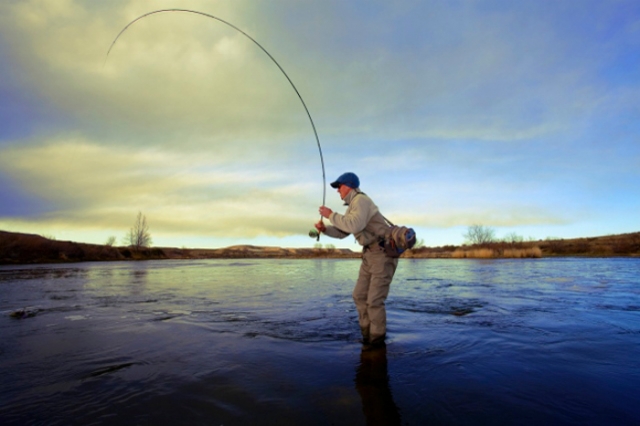
-
Fishing Files

-
Fishing Files
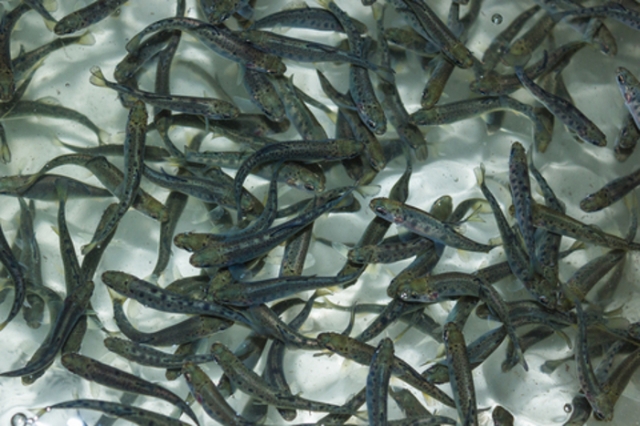
-
Fishing Files

-
Fishing Files

-
Northern Pike

-
School of Karanteen
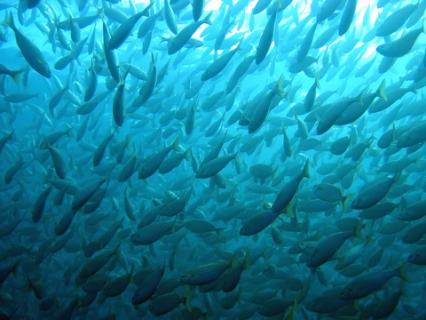
-
Walleye
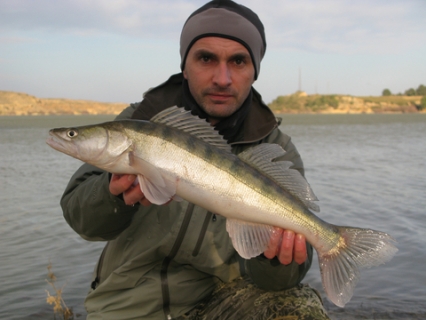
-
Goliath Grouper

-
Barracuda
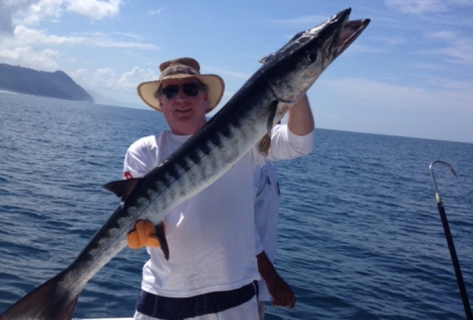
-
European Chub
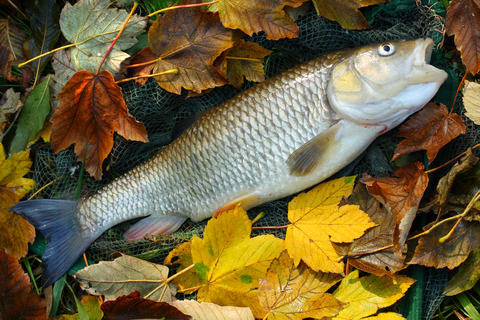
-
Drum Fish
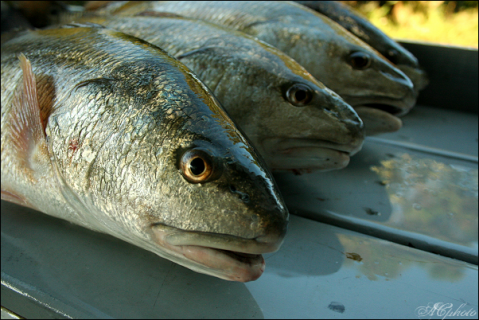
-
Grouper
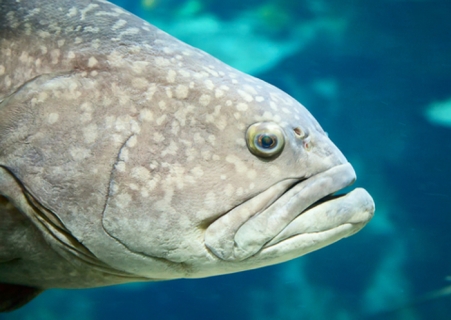
-
Blue Catfish

-
Catfish
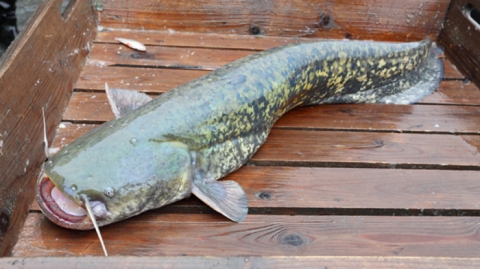
-
Star Puffer Fish
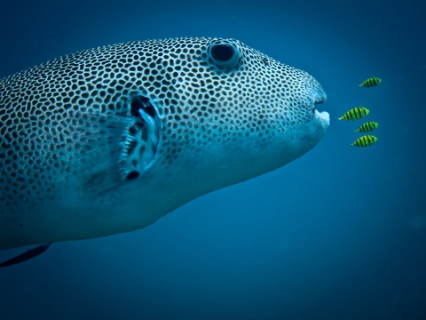
-
Napoleon Fish

-
Smoked Trout
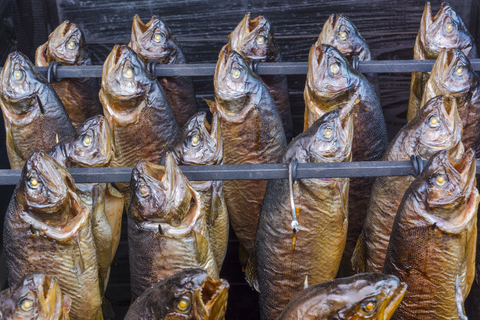
-
Perch
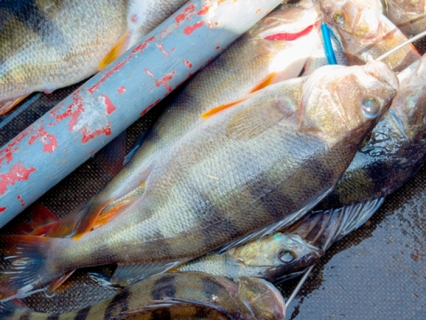
-
Smallmouth Bass
